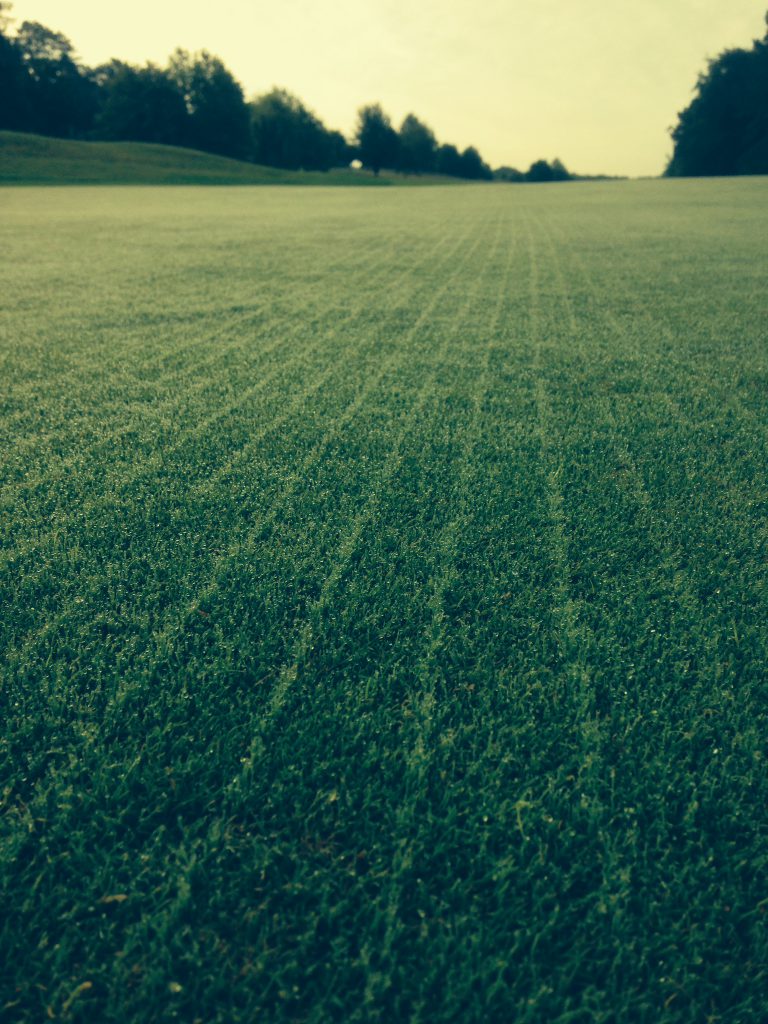Overseeding tips from Germinal
Related Articles
Overseeding with high-performance bentgrasses such as UK bred cultivars AberRegal and AberRoyal improves the visual appearance of hardworking golf greens, outcompetes undesirable species such as annual meadow grass and can improve resistance to disease. To maximise the benefits that these bentgrasses deliver, the following overseeding guidelines should be followed:
Timing
Overseeding works well whenever the soil temperature is favourable: the minimum soil temperature for bentgrass germination is 10oC, with the optimum range being 16-22oC. Essentially, overseeding work in the UK can be carried out any time between April and September. Alternatively, seeding immediately prior to warm, wet weather and waiting for the seed to germinate will allow you to utilise a potentially quieter time.

Frequency
The UK’s unpredictable weather patterns mean it is rare to encounter perfect conditions for germination and seedling establishment. It therefore makes sense to overseed at least two or three times in the season. This doesn’t mean using twice as much seed: instead of a single application of pure bentgrass at 5g/m2, two lighter overseedings (each 2.5g/m2) could be applied.
Seed application
Broadcasting or precise drop seeding into linear grooves, hollow cores or tine holes can all produce good results. In all cases the key is to ensure the seed is sown to the correct depth (2-5mm to allow the coleoptile to push through the soil surface and put out its first leaf before the seedling’s energy stores run out) and that there is good seed to soil contact.
Watering and establishment
More often than not, overseeding is thwarted by low germination rates and poor seedling survival as a result of using inferior seed stock. In the right conditions, viable lots of quality cultivars – such as those found in Germinal’s Forefront Greens mixture (35 per cent AberRegal, 35 per cent AberRoyal, 30 per cent 007 DSB creeping bent) which far exceed the industry’s minimum germination rates – will produce good populations of seedlings in as little as seven to 21 days. The soil surface should be kept damp during this period. When seedlings appear, applications of water should be less frequent but heavier. First cut height should ideally be 6mm, although an increase of 1mm over the normal summer cut height will suffice. Aggressive sward management should be avoided until the sward is properly established – light brushing, rolling and aeration should be the only techniques used while the root system is being developed.

























